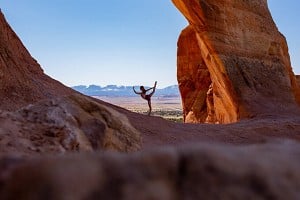
Climber, yoga teacher and wellbeing coach Tiffany Soithongsuk outlines the transformational benefits of strength-based yoga movement on climbing development, with some take-away exercises...
Whether on the rock or on the wall, we all strive for a combination of qualities in our climbing: strength in core, shoulders and lower body; control, mobility and flexibility; fluid coordination and awareness with a focused and intentional mindset. 'Climbing more' may undoubtedly be the primary action, but cross-training can help drive progression, making you not just a more effective and accomplished climber, but a more resilient one too.
Yoga for climbers – without the human pretzel shapes
Many climbers are realising the overall benefits of a strong, healthy and mobile body, along with the importance of maintaining a good base-level of fitness as part of sustainable progress. We've seen a rise in yoga's popularity amongst climbers in recent years, with its challenging movement helping to develop overall body strength, awareness of movement and mental focus.
But if thoughts of human pretzel shapes are intimidating, or spiritual leanings are holding you back, it may be time for a fresh look!
Yoga encompasses a broad range of styles, many with modern interpretations serving different purposes. Pro-athletes like Sonnie Trotter, Olivia Hsu and Mina Leslie-Wujastyk, to name but a few, serve as testaments to the positive impact that yoga can bring to climbing development, overall health, and mental focus - but there's a lot more to it than flexibility alone!
With 10 years as an elite gymnast and 13 years of climbing, I've spent my life examining the mechanics of how our bodies work, and also how they can fail with poor care. I've been in a back brace with severe spinal degradation, and had too many broken or dislocated body parts to count – including mid-competition, mid-bloc! With 20 years of yoga practice, my training as a yoga teacher and in movement-based therapies, working alongside targeted strength and rehabilitation training, I've seen the benefits of different yoga styles in my own climbing, first-hand.
I developed ClimbFlow Fit-Yoga back in 2015, blending dynamic yoga movement with core strength and conditioning sequences to support real, functional climbing movement. Dropping the dogma but maintaining a mindful approach to movement, ClimbFlow promotes mental focus while training the body for the long haul. The result has been years of classes, global events and diverse climbing advocates who share inspirational stories of success from integrating strength-based yoga into their routine.
Here are a selection of climbing-specific sequences to get you moving well on the wall.
Knee-to-elbow movements and twists are excellent for training the full spectrum of core
Head to toe movement: core strength as a powerful foundation
A strong core is fundamental to a functional, balanced body. It's inherent to spinal support, provides body stability, and helps you to generate force and power. In climbing, it feeds into just about every kind of movement: keeping your body into the wall, navigating steep and overhang positions, and creating tension or generating propulsion. Your core is the foundation for integrating your movement from your hands, through your body, down to your feet!
It's a common misconception to think that 'core' means 'abs' – in fact, it's the entire trunk of your body (which technically includes your hips and shoulders!), with core muscles spanning your front and back, wrapping around and running down through your pelvis. A 'six pack' alone isn't an indicator of strength and isn't helpful if other muscles are neglected.
The sequences below your core throughout: as climbers we understand the perils of 'banana back' – hyper-extension of the lumbar spine – as a common stress point. With sequences encompassing contraction and extension, twists and turns, your full spectrum of core musculature is challenged.
These kinds of movements are also particularly effective at warming up the body -activating your core, shoulders and hips - and priming those muscles to engage during climbing. Try out this sequence below, which is great for firing-up as well as conditioning your body!
Try out this foundation sequence for igniting your core, shoulders & hips. The first round talks you through the movements, followed by a second round for embedding the movement
You can learn a complete warm-up routine for climbers in the video below. The sequences can be adapted to suit you, your pace of movement, and time frames. I've long used these sequences to warm-up my core and body, whether before a bouldering competition, or getting ready to rock at the crag. Alternatively, why not try out this short 10 minute core-burn sequence!
Moreover, breathing has a big role to play: your diaphragm, like any other core muscle, benefits from being exercised. Learning to maintain a consistent rhythm (rather than holding your breath!) is enormously beneficial in working through challenges, whether on the mat or on the climb.
Lastly, when it comes to core, breathing has a paramount role to play and its importance is really only just coming to the fore from a neurological and physiological perspective: your diaphragm is a fundamental core muscle and benefits from being exercised fully. Learning to maintain a continuous rhythm of breathing (rather than holding your breath!) – that expands & contracts through the lowest portion of your ribcage, not just your chest - harnesses your natural, reflexive core capability. It's enormously beneficial for working through challenges, whether on the mat or on the climb. If there's one thing to emphasise in guiding movement, it's "keep breathing!"
Upper body strength and antagonistic conditioning
When climbing, we're predominantly pulling, and sometimes moving our shoulders into extreme ranges. Supporting shoulder stability is important, as is bringing balance by exercising our pushing capacity, too.
In yoga, we transition through postures like downward dog, side planks, push-ups and more, which train shoulder and scapula stability, and strengthen our push function. Conditioning muscles like our serratus anterior – those wing muscles that run through the side of your ribcage - come in handy not just for those mantle and press movements, but also coordinate with other back muscles to create more effective pulling motion by holding the scapula in good alignment with the body. Still trying to nail those pull-ups? Introducing movements that work the serratus anterior into your routine can increase your ability to do so successfully.
Antagonistic movement and taking the time to work on thoracic (upper back) mobility – an area we all recognise as chronically tight – can alleviate tension restrictions for improved alignment and freedom of movement when climbing.
Plank and side-plank based movements challenge strength and stability of the shoulders, while conditioning antagonistic push function, and naturally, the core!
Strong AND flexible hips and legs
Upper body strength is undoubtedly the pillar of strong climbing, but the lower body is perhaps the most overlooked aspect of climbing development. There's a plethora of manoeuvres where your legs and hips play an essential role in climbing action: consider foot-to-hand steps, heel hooks and toe hooks, rockovers and deep presses (perhaps sans hands), to dynos and slab teetering - just to get started!
Your lower half is comprised of huge muscle groups; among them is the complete gluteal set, quadriceps, hamstrings, as well as the muscles making up the calves. Use them well, and they provide strength, power and stamina to open up a range of movement that makes these manoeuvres more accessible – and equally, make your climbing practice more efficient by reducing the load on your upper body.
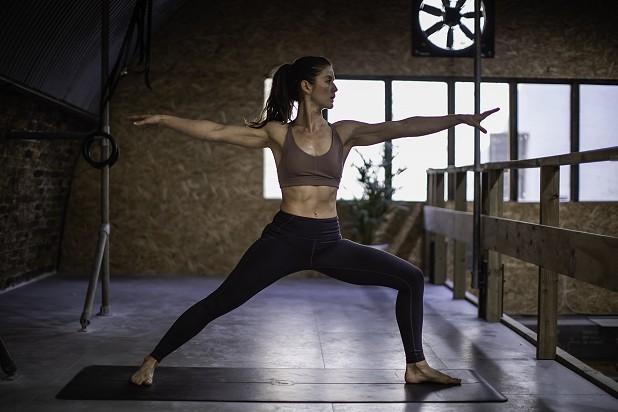
Warrior 2 can be transitioned through in dynamic sequences, or, when held for 30-60s in isolation, provides excellent isometric conditioning. Try it out!
Foot to hand moves: the side angle is an example progression from warrior 2 that challenges lower body strength and mobility as well as core tension (this can also be done using a block beneath hands for extra support, or resting the forearm on the thigh to reduce intensity). Tiffany Soi
Flexibility needs to be trained in tandem with strength and stability to translate into real mobility gains in your climbing. Fixating on flexibility alone and stretching to excess can lead to injury or make current strains and pains worse. What's the point in swinging your legs above your shoulder if you can't then load the hip and move your body?
In ClimbFlow we train our legs and hips through dynamic yoga movement with active conditioning postures to build strength, stability, power and endurance in combination with flexibility. Playful moves that challenge your balance and coordination and work those stability muscles for improved body control. Engaging the gluteal muscles (or the Bao as my East Asian self affectionately refers to it!) is an extension of core engagement: strong glutes stabilise your pelvis and support your spine. This can enable a more controlled range of motion in your legs, as well as driving powerful, explosive movement when needed. As many a dyno-fiend will tell you – it's all in the hips and legs! Taking time to work on the lower body can drive significant returns in your overall conditioning and performance.
Plank or forearm plank with leg extension: full body strengthening to condition the core, shoulders, and hip and gluteal strength.
Try: find a plank/forearm plank position (use knees on the ground if you. Need to). Aim for hips level with shoulders and avoid sagging through the lower back (no banana back here!): activate the glutes, draw navel to spine, hug the ribs to hips, while rooting down through the arm/forearms to broaden the back. Extend one leg straight behind you – repeat 8 "pulses" of lifting and lowering the leg (without dumping into your lumbar spine) followed by holding the leg extended for 8 counts. Try on both sides.
Of course, stretching is important for lengthening out worked muscle fibres and alleviating tension. Longer and passive stretching can provide relief and will embed the long-term flexibility benefits, but is best saved for the after your workout or climbing session!
[YouTube] Practice: this Strong & Flexy legs flow comprises two parts - 10 minutes of fun, challenging workout, followed by 10 minutes of stretching. It's a great example of differentiating between active mobility from pure flexibility alone
The mind-body connection
The mind and body are inextricably linked, and we can train mindful awareness through body movement and breathing. Together, this can improve spatial awareness, balance, and proprioception neurology, translating to more fluid and coordinated movement on the wall.
Modern life presents a wealth of challenges that interfere with focus and our sense of calm, and, as mentioned previously, emphasis on breath can help you tune into what's happening in your system.
A mindset that enables us to focus, or maintain intensity, without being aggressive, is beneficial not just during physical challenge, but in developing an attitude that sees us through the long haul. Recognising when to push, or when we need to pause, is part of the process of achieving specific goals, but also part of being strong for our longer journey in life.
Finally, making room for recovery is an important aspect of overall performance. ClimbFlow's Rebalance and Restore practice creates an opportunity for mental and physical relaxation while recalibrating our levels of adrenaline and cortisol, which is pivotal in supporting the recovery process, and enables us to go the distance.
Thoracic twist: start on all fours. With shoulders parallel to the ground, right finger tips behind the ear, elbow pointing out to the side, extend the left (opposing) leg behind you. Focus on keeping the pelvis stable as you rotate the right elbow up toward the ceiling (as best as possible), isolating the movement to the upper back and shoulders. Keep rooting down through your supporting arm. Rotate elbow back to horizontal. Repeat slowly 5 times on each side. This can feel really tough for tight climbing backs, but is an excellent mobility exercise for recovery days.
If you're looking for a gentle way to start or unwind your day, practice with this short gentle class, which incorporates light movement and stretches to help you reset.
A comprehensive and accessible approach for resilience
I've always sought for movement to be accessible, for it to help others to feel good within their own bodies and tap into their broader capability, in addition to supporting specific physical goals. There are a variety of enjoyable and effective flows available on the YouTube channel that give a flavour of ClimbFlow movement.
I launched ClimbFlow Fit-Yoga Online in 2020 as a self-contained programme of cross-training requiring no equipment and delivered on whatever screen you can get your hands on. It offers a comprehensive approach to improving movement fluidity, physical strength and mental strength. It's well-rounded resilience that will help you bend rather than break, meet your next challenge and better withstand the demands placed upon your body in climbing.
I'm thrilled to see it being loved by hundreds of climbers around the world, who speak passionately about improvements in their physical and mental strength: from experiencing significant improvement in climbing movement and core strength, feeling more focused and in-tune with their body, to the easing of chronic pain.
It confirms my belief in the full spectrum of benefits that can come through integrating a strength-based yoga practice as part of our journey as climbers.
Learn more about ClimbFlow Fit-Yoga Online at www.climbflow.com. Enjoy ClimbFlow workouts and flows on YouTube.
Tiffany Soi is a climber, yoga & wellbeing coach, and the founder of ClimbFlow Fit-Yoga movement for climbers. Connect: Instagram @tiffany_soi or @climbflow and tiffanysoi.com


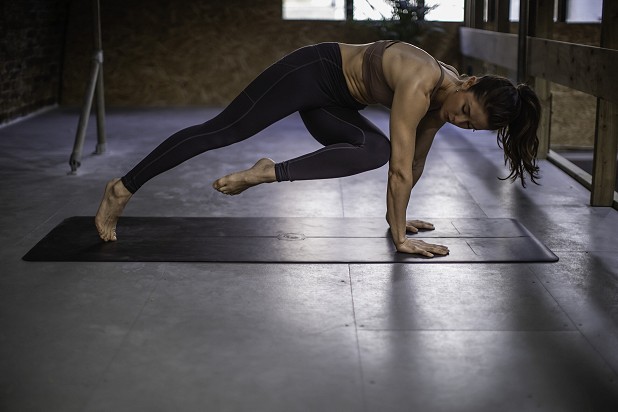
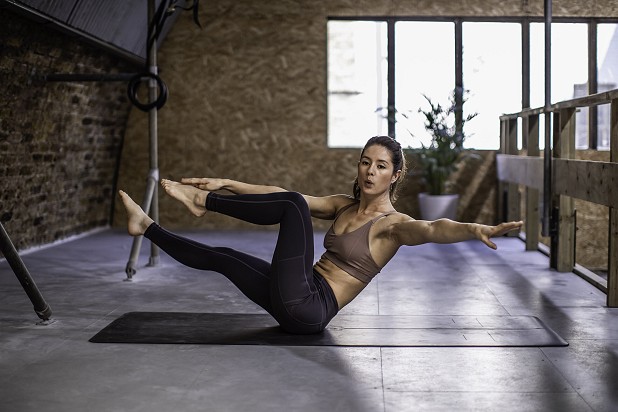

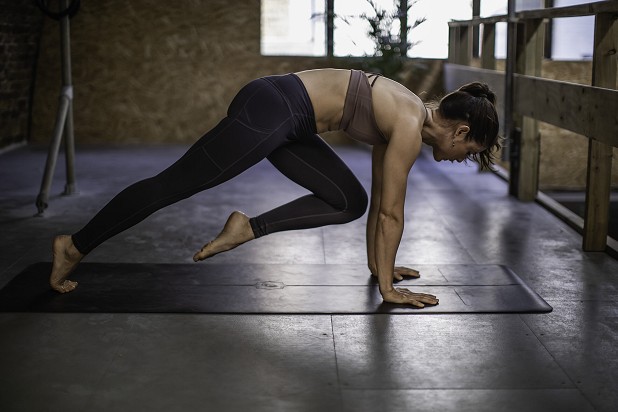
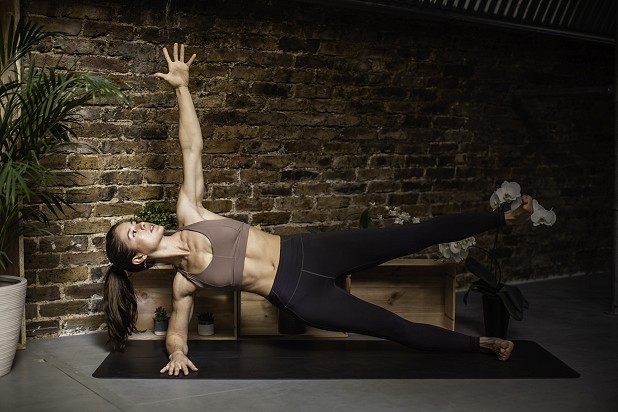
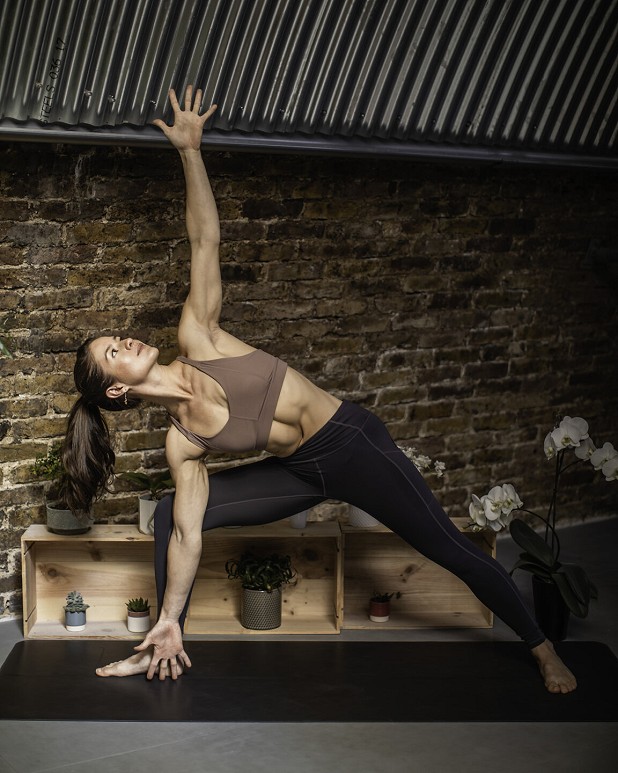


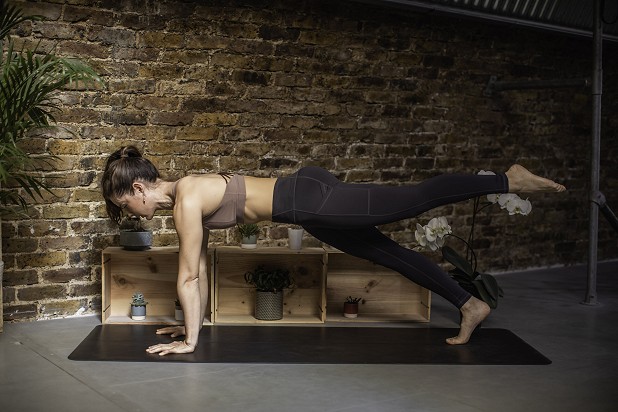
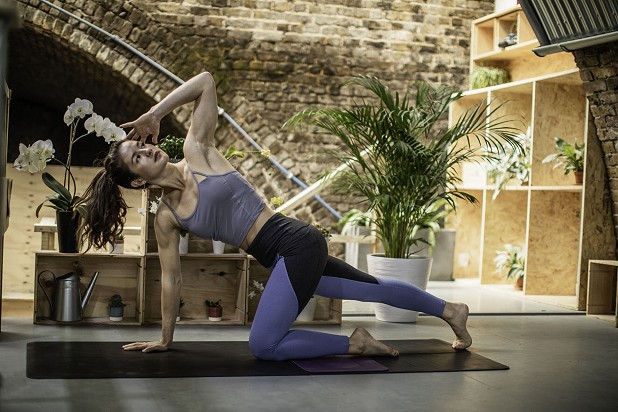
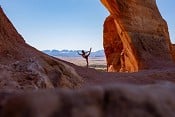
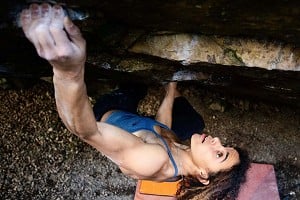
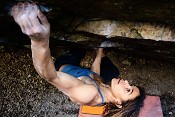
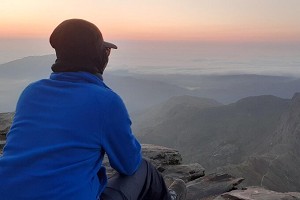
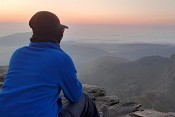








Comments